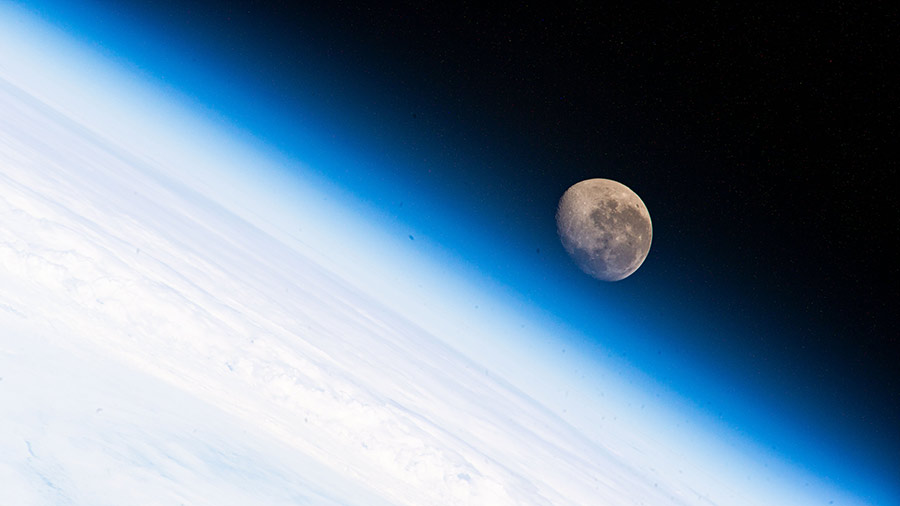
The Expedition 67 crew kept busy aboard the International Space Station today readying free-flying robots, preparing sample returns, and transferring cargo.
NASA Flight Engineer Kjell Lindgren set up Astrobee’s free-flying robots for a student robotics competition. For the competition, students write software to control one of the station’s Astrobee free-flying robots. Finalists have their code downloaded by NASA to the Astrobee platform and observe its performance.
NASA Flight Engineer Bob Hines made progress preparing and photographing sample returns for the Genes in Space-9 study, which evaluates how cell-free technology could be used in microgravity. The technology may provide a portable, low-resource, and low-cost tool with medical and monitoring applications for future space missions.
NASA Flight Engineer Jessica Watkins continued to purge and take samples of carbon dioxide from the Thermal Amine Scrubber, which tests a technology for removing carbon dioxide from the station’s air. ESA (European Space Agency) Flight Engineer Samantha Cristoforetti spent time talking with students about life in space and other space-related topics. Watkins and Cristoforetti worked together to transfer cargo from the SpaceX CRS-25 Dragon spacecraft.
In the Russian segment of the station, Oleg Artemyev of Roscosmos and Cosmonaut Denis Matveev were tasked with locating, photographing, and storing equipment and tools during a meeting with specialists. Cosmonaut Sergey Korsakov spent time replacing a carbon monoxide filter and sensor a part of a gas analyzer.
Learn more about station activities by following the space station blog, @space_station and @ISS_Research on Twitter, as well as the ISS Facebook and ISS Instagram accounts.
Get weekly video highlights at: http://jscfeatures.jsc.nasa.gov/videoupdate/
Get the latest from NASA delivered every week. Subscribe here: www.nasa.gov/subscribe


